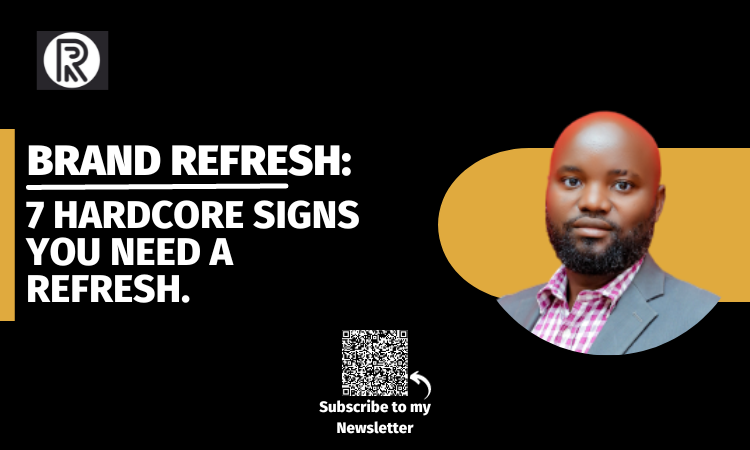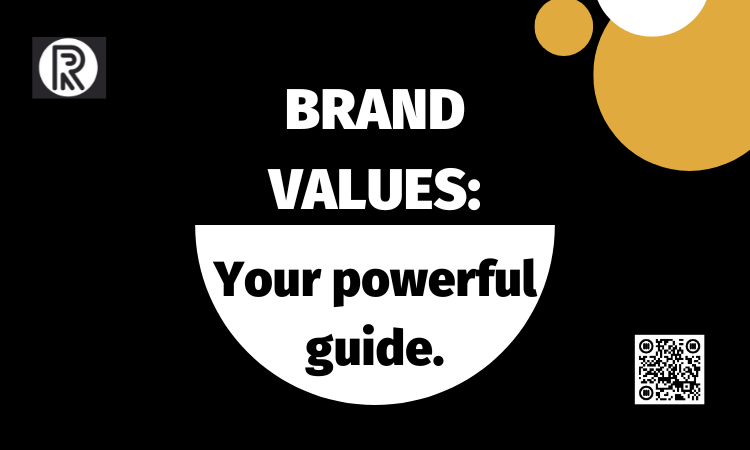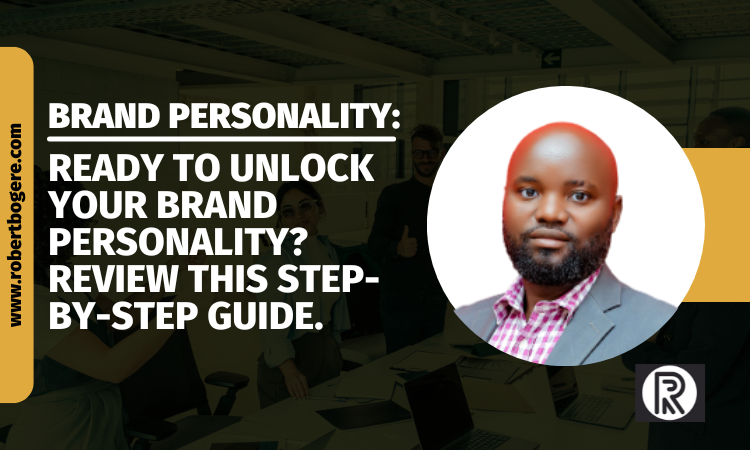Last Updated on Wed-Mar-2024 by Robert Bogere
“It is not the strongest of the species that survive, not the most intelligent, but the one most responsive to change,”—Charles Darwin
In the mid-2010s, Gucci was at its prime time, but with an aging target audience. Gucci’s current brand identity wasn’t appealing to the millennial audience because of not speaking to their cultural moment.
With introducing Marco Bizarre as their new CEO in 2015, Gucci launched a refreshed brand positioning strategy. With their refresh strategy, Gucci kept its Italian roots and extravagance and became more contemporary.
The story of Gucci isn’t unique. In this ever-strengthened era, your company, whether big or small, faces its narrative. It’s a tale of challenges, bumps, and, sometimes, much-needed transformations.
Just like Gucci, every brand has its journey. A brand’s story is told not just through its products or services, but also through its brand identity, message, and reputation. And this is where the heart of our narrative lies—in the art of brand strategy.
Today, your brand strategy isn’t a footnote. It’s the protagonist of your story. It’s your North Star compass guiding your business, the voice that speaks to your audience, and the vision defining your future.

In this article, you’ll explore on a journey through 7 hardcore indicators, each a plot twist in the saga of your brand. These are the signals, like whispers in your ears, telling you it might be time for your brand strategy makeover.
Recognizing these indicators can make all the difference between a fading brand and a thriving one.
As you dive into these 7 key indicators, you’ll discover how to unveil your untold chapters of your brand story, rewrite its narrative, and improve its potential for success.
So, let’s begin our quest to transform your brand and ensure it stands the test of time. But before going there;
Discover: How to develop your brand positioning statement
What is brand strategy?
A brand strategy is a set of internal strategic documents that define a brand.
You can consider your brand strategy as a subset or supporting pillar of your business strategy.

7 hardcore indicators it’s time to refine your brand strategy
There’s no single sign post directing you to your brand strategy improvement. If it’s time to improve or refine your brand strategy, there are indicators or signs you’ll start experiencing with your brand.
To position your brand, you require an intimate, simple observation of these indicators. The better you understand the strategy at your disposal, the more strategic and effective you can position your brand in the marketplace.
1. Declining market share
I recognized market share as one of the key determinants of business profitability. Businesses that have achieved a high share of their served markets are more profitable than their share rival competitors.

Many corporate executives and consultants have recognized this link between market share and profitability.
Declining markets are markets that have gone from maturity—where your sales stay constant or increase to multiple periods where decreasing sales are.
Your decreasing sales is an indicator of a declining market, and lower sales lead fast to other attributes. If your brand has reached such a situation, regaining back your market share, you can change your method of promotion which can include raising your advertising or the power of brand for your firm.
Advertising, marketing, and promotion strategy is a tested approach to regaining back market share, but as advertising is an ongoing process, your rivals are also spending highly on the same. Let’s look at a case.
Apple: In the 1990s, saw their gadgets getting faster and mostly cheaper in the marketplace. Microsoft was making a lot of money by offering operating systems on its gadgets.
Then, Apple was making top-notch expensive gadgets, and as their struggles showed up, few people wanted costly gadgets when they could opt for cheap ones.
In 1997, Apple reintroduced Steve Jobs as its CEO. Steve returned with the same idea of producing more costly gadgets. What Steve did was to increase Apple’s branding efforts; launching a new campaign of “PC Vs Mac”
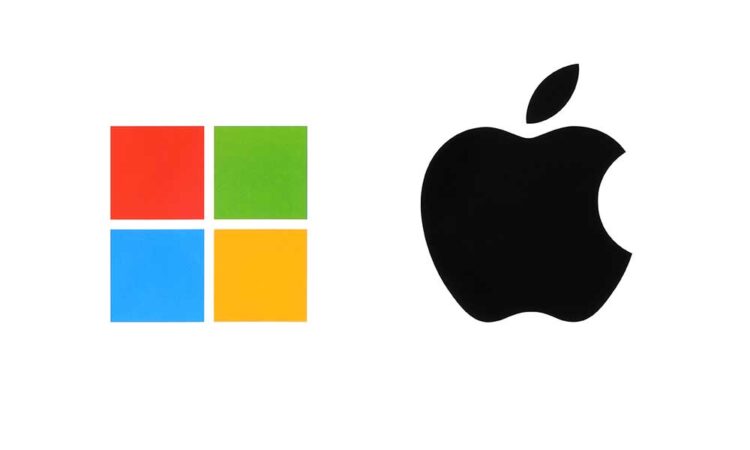
Discover: About carrying out your own brand audit
2. Inconsistent brand messaging
Did you know consistent brands are up to 4X more likely to improve their visibility—both online and offline?
It takes outstanding strategy and work to ensure you don’t fall victim to the issues of inconsistent brand messaging.
When your brand messages are inconsistent, it’ll distract your customers and lead to your brand mistrust.
Research showed that if businesses present consistent messaging across all platforms, their revenues increase by 23%. That means inconsistent messaging is costing brands at least this much in revenue.
If you’re improving your brand messaging, you need to state clearly your value proposition and unique selling proposition. Defining these, you need to answer questions like;
- Why should your audience purchase from you?
- What makes your brand or product different?
You also need to create your buyer personas, develop a consistent brand voice, train your employees on your company’s unique selling proposition and customer personas, and offer necessary resources to your team to generate quality and close deals.
Let’s review Colgate’s inconsistent branding modification of 1982. It looks to be an old insight, but still relevant. Colgate launched a line of branded entrees named ‘Colgate Kitchen entrees’.
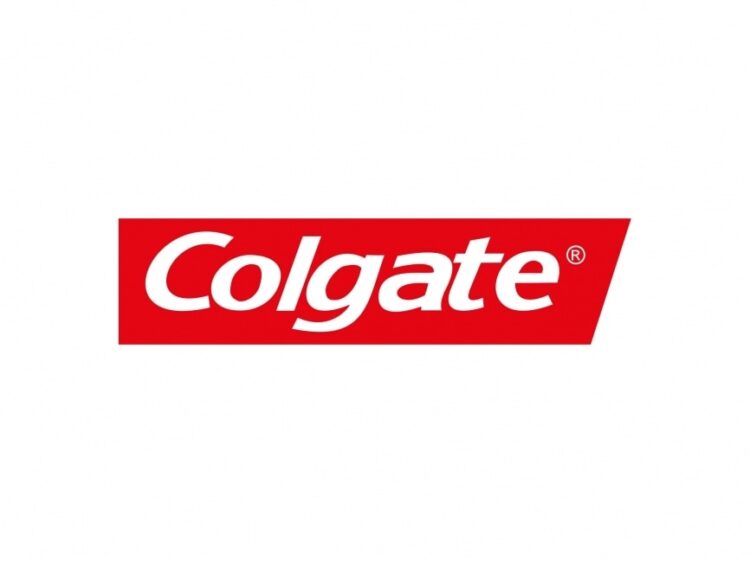
The company wanted to expand and focused on frozen food to be the best innovation. As you know, you eat with your teeth. That way, Colgate had an excellent reputation with its toothpaste brand.
Despite their innovation being great, their customers didn’t like their idea of the toothpaste brand food.
Their entrees may have tasted outstanding, but what mattered to their audience was the inconsistency in their branding. Customers didn’t like their new product with the already developed image of Colgate.
3. Poor brand recognition
Brands with generic names and identities that lack uniqueness are the types of firms that customers forget and that’s the last thing you want to happen to your brand.
Brand recognition refers to the ability of consumers to identify a specific brand by its attributes over another one—Investopedia
It also referred brand recognition to as aided brand recall—meaning the capacity of customers to remember a brand name off the top of their heads when told to consider a specific product.
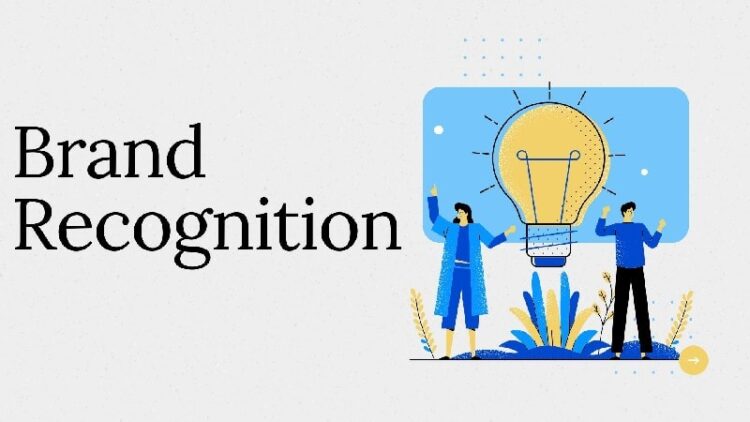
Your start-up makes the mistake of investing in awareness and less in recognition, but with an awareness of low recognition, your brand will not get the kind of results of a high-recognition brand.
Discover: How to develop your brand essence
Now, the good news, startups with limited budgets don’t need to sacrifice good brand recognition. Even if your startup is small, it can reach its recognition, but this starts with self-awareness.
Your start-up can develop and maintain brand recognition by considering that customers remember brands that reach them on a more personal or emotional level, and use an enticing, touching, or heartfelt story that lets customers know why it’s in business.
Also, you can use social media to make your name, product, and services in constant circulation.
In research done by Acvity Brandworks, they assessed 20 small brands and 55% of the companies had no or a generic slogan. As a result, these companies are missing out on leveraging important messaging that would increase both recognition and uniqueness.
4. Outdated visual identity
Is your visual identity fresh and modern? Review your brand logos and other visual elements you use to connect with your target audience.
Your outdated visual brand identity will lead to a negative first impression and discourage potential target customers from doing business with your brand.
Your visual identity is your face. You put effort into how you present yourself to make a good impression. Positive impressions matter and having outdated visuals will give an impression you’re not updated or are no longer in business.

Your visual identity includes elements like a logo, color palette, typography, and overall design aesthetic. If these look outdated with modern trends, it will make your brand appear irrelevant.
Brand identity design doesn’t only visually express the values of your brand, but it also affects your customer experience.
The purpose of reviewing, updating, and maintaining your brand identity is, it helps you ensure your brand remains relevant and consistent over time. Keeping your visual brand identity fresh will attract new customers and retain existing ones.
Your outdated visual identity can manifest in several ways; your logo uses an old-fashioned font, your color palette is no longer in usage, and your design aesthetic feels unappealing to today’s consumers.
The update can be your logo, typography, color scheme, or revamping the whole aesthetic to give it a more improved look.
By updating your visual identity, you offer your brand a chance for more exposure to underutilized markets and the ability to look more modern and relevant to its target audience.
5. Misaligned culture
Did you know most companies mis-align brand and culture? Imagine it caught your brand in the crossfire of culture change. What happens?
Your brand communication is of the culture codes and hence there’s going to be an audience disconnect. By aligning your brand and culture, you are on the inside of what you say you’re on the outside.
Brand culture alignment will allow you to move your company toward its vision more successfully since it offers a common motivation and focus for everyone in your organization.
Your brand culture will align your workforce, increasing the speed of your entire company and the quality of your outcomes.

It’ll also improve your company’s competitive advantage because it enables you to unseen value that’s difficult to copy and paste.
Discover: How brand values are so important for your brand.
What does your brand culture alignment look like in reality?
When your brand and culture are in sync, their alignment is manifested visibly;
- Purpose and values integration
- Internal brand alignment-extent to which your team shares one common understanding of your brand identity
- Employee brand engagement—the extent to which your team is aligned and engaged with your brand
- Employee experience—customer experience integration—the extent to which your employee and customer experience are aligned and integrated
Denise Lee Yohn’s research showed a few firms have a strong brand culture alignment. To improve such, you need to organize and operate on-brand.
Create culture-changing employee experience—deliberately design and manage your company’s employee experience, build your brand from the inside out—leverage your existing culture to define or redefine your brand identity, and ignite your transformation—use employee engagement tactics.
6. Weak brand loyalty
If your customers buy or purchase once your products and show little loyalty of coming back, it’s an automatic indicator that you’ve got an issue with your brand loyalty.

Harvard Business Review revealed brand and customer loyalty can grow your revenues by 2.5X faster than other strategies, but also can deliver 2 to 5X the returns to shareholders over 10-year time frames.
But what is brand loyalty?
Brand loyalty is perception-based—image and experience. With brand loyalty, customers believe a certain brand represents both higher quality and better service than any rival—and the price doesn’t matter.
Building your brand loyalty, the first thing to think of is quality, no matter how big your marketing budget is. Secondly, customer service—exceptional customer service [24/7 chat reps, social media managers, phone operators and support ticket staff]
Other approaches would be having brand ambassadors, loyalty programs, and an online community. All these require you to do the proper branding of your brand.
Discover: How to develop your brand strategy.
For example, Starbucks: In 2023 Q1 fiscal results, its rewards loyalty membership had reached 30.4 million members growing by 15% over the prior year and up 6% sequentially Q1 card loads reaches are cord of $3.3 billion; ranking No. 2.
Globally, their loyalty scheme is now responsible for almost 50% of the company’s total sales and stands as a fantastic example of customer loyalty being rewarded with real intelligence.
7. Stagnant growth
With slow growth in your customer base, it can be a key indicator of a weak brand—yes, you may be growing, but not at the speed of your competitors.
Spotting your brand stagnation can, at times, be hard to observe within your company by yourself. Limited metrics, competing priorities, over-reliance on past success, or reluctance to change can keep your brand stagnant.

If you’re experiencing one of the above, it may be the right time to kick-start your brand toward new and exciting growth.
In case you suspect such cases, you’ll need to observe your competition to see how they’re gaining their market share.
Evaluating your industry trends and consumer preferences may also help spot if your brand is falling behind and needs adjusting.
Why brand stagnant growth?
Inability to respond to market changes. Your inability to read your customers and disambiguate passing trends from permanent preference changes.
Do you remember a Blackberry case? If yes, the better. If not, in 2009, Blackberry was at its time of prosperity and held 100% of the market share in the space of smartphones.
2 years later, its market share started dropping to Android and iPhone. By Q4 of 2016, it had a nearly 0% market share.
Hope you pick a leaf out of that. Now, it’s your time to observe what’s happening with your brand and see where to start from. It’s never too late. Better than never. Start now.
If you need such expertise, hire experts or specialists in such areas to help with refreshing your brand and you concentrate on the other matters of your brand.
Conclusion
In this ever-changing era, a brand strategy refresh can be your turning point between your brand stagnation and success.
By recognizing the above hardcore indicators and implementing them, you’re poised to create a strong brand story that resonates with your target customers, drives growth, and fosters lasting brand loyalty.
Your brand’s success story is still unfolding, and you hold the pen. As you embark on the journey to refresh your brand strategy, remember that success awaits those who listen to the whispers of change and have the courage to adapt.
So, take the lessons learned from these indicators, craft a brand strategy that reflects your brand’s true essence, and watch as your brand’s story unfolds into a tale of bumps and prosperity.

